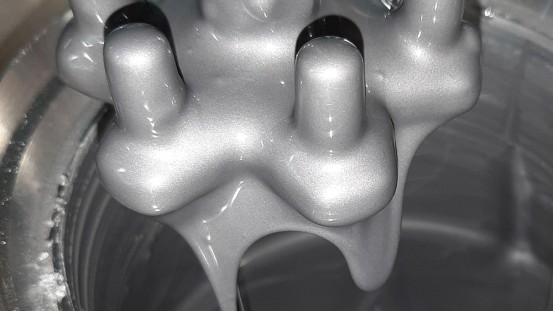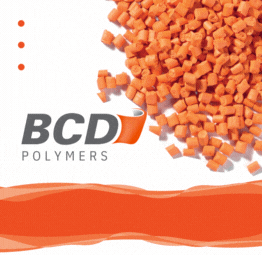SKZ is part of the EU research project BATMACHINE
Batteries are an integral part of our daily lives. However, they are not known to be particularly sustainable or cost-effective. The EU BATMACHINE project aims to change this. The BATMACHINE project is funded by the Horizon Europe program and supports the European Commission's Net Zero 2050 goal. It aims to promote industrial battery cell production chains in Europe and make them more sustainable by developing optimized manufacturing processes with intelligent control to minimize costs, waste and energy. The BATMACHINE consortium, which consists of eleven partners from all over Europe and is led by the Vrije Universiteit Brussel (VUB), brings together battery cell manufacturers, research and technology organizations such as the SKZ Plastics Center in Würzburg, Germany, and manufacturers of processing and production machines for battery components.
Characterization of the different raw materials at the EZD
As part of the project, some of the scientists at SKZ are working on characterizing the different raw materials and the anode and cathode suspensions produced from them, and evaluating their structure-property relationships as a function of the mixing and dispersion processes. This work is mainly carried out at the European Center for Dispersion Technologies (EZD) in Selb. Dr. Felipe Wolff-Fabris, EZD site manager, says: "The mixing and dispersion step for the anode and cathode slurries is the first in a series of many process steps leading to the finished battery cell - each of which is critical to the performance of a battery and has a major influence on the others. With the help of projects like BATMACHINE, we are working to make battery production more energy-efficient and resource-conserving.
Thickness measurement of electrode coatings
In a second subproject, the SKZ is investigating how the thickness of electrode coatings can be measured non-destructively, quickly and precisely during the drying process. Methods such as active thermography and terahertz technology are being considered.



